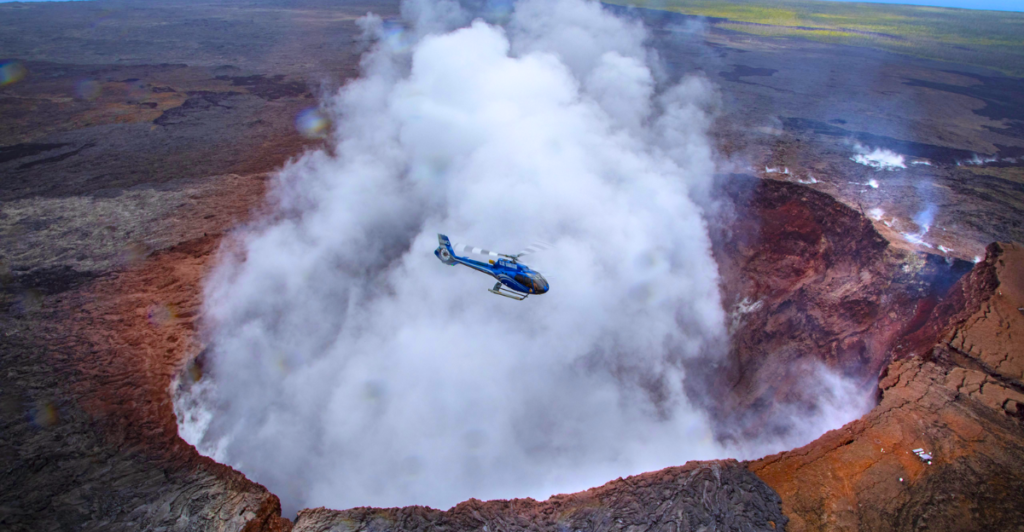
In a leap that has shaken the pillars of climate science, scientists at the University of Manchester have deployed an advanced helicopter-mounted sensor that revealed that volcanic CO₂ emissions could be as much as three times more than previously estimated.
Volcanoes’ environmental impact, previously deemed to be minor contributors to global CO₂ levels, are now being reconsidered. This finding challenges longstanding assumptions and highlights how underestimation of natural emissions may have skewed climate models.
The research, conducted through a pioneering Differential Absorption LiDAR (DIAL) system, reveals a significant gap in the global carbon budget. This technology enhances scientific accuracy and raises questions about the extent of Earth’s carbon emissions.
The Game-Changing Sensor Technology
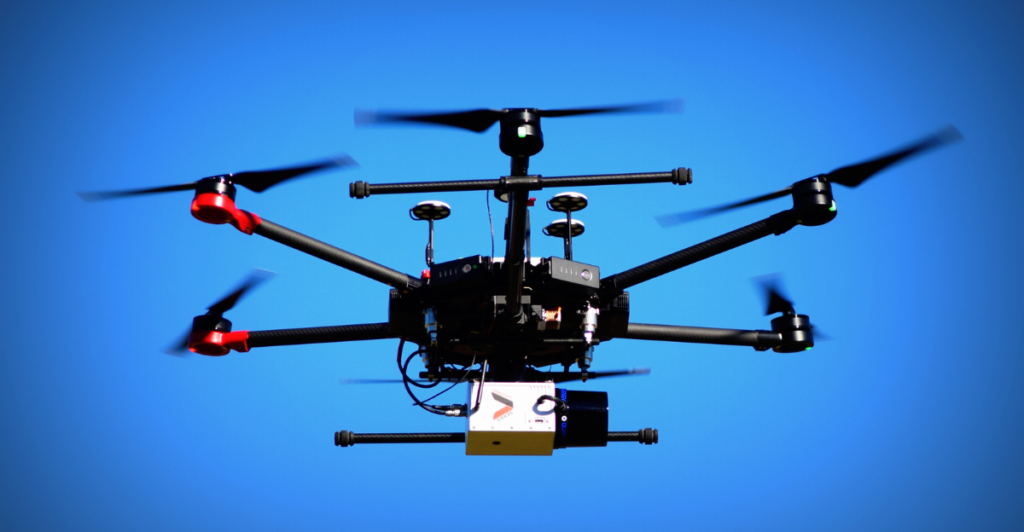
This discovery was made using the airborne Differential Absolution LiDAR (DIAL) sensor, a technological marvel developed by NASA and Manchester University. Suspended beneath a helicopter, this sensor can observe CO₂ plumes from an aircraft at previously unimaginable distances and resolutions.
This technology circumvents the dangers posed by hazardous volcanic environments when using ground-based equipment. Further, when compared to satellite-based systems that suffer from cloud interference or limited vertical resolution, DIAL can accurately profile gas concentrations in real time.
Its lasers are finely tuned to CO₂ absorption bands and can, therefore, accurately detect emissions on a larger scale. This technology is not only transforming the means by which we look at volcanic emissions but also has applications in industrial pollution monitoring, with cross-over applications in environmental law enforcement and climate mitigation policy.
Volcanoes as Carbon Giants
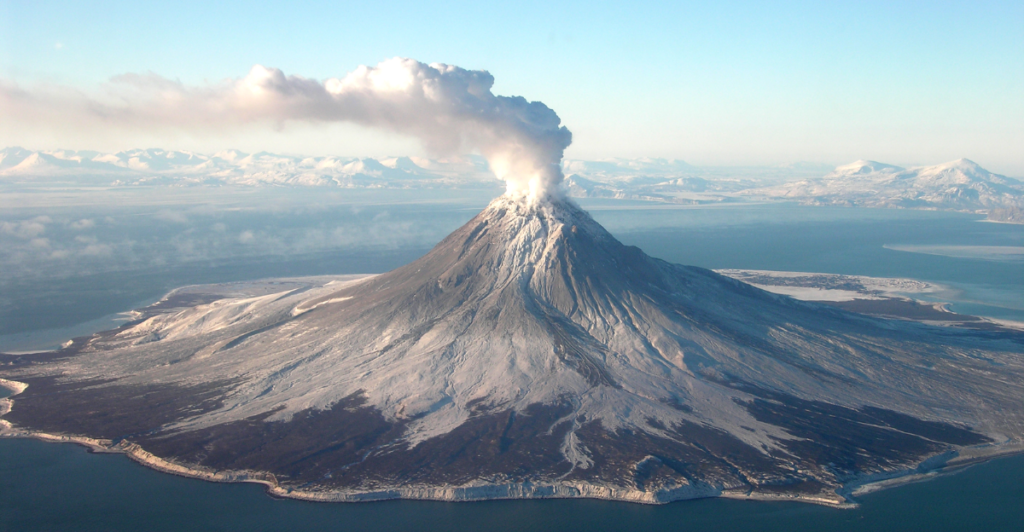
Despite the common belief that volcanoes sporadically erupt, they actually constantly release carbon dioxide, even when dormant. The measurements from helicopter sensors show that these emissions can be up to three times larger than previously estimated.
While this doesn’t sound like much, it’s not insignificant as it represents a huge underestimation in global CO₂ budgets. With over 1,500 potentially active volcanoes worldwide, this finding suggests natural sources can contribute more to atmospheric CO₂ than previous models have allowed.
This information does not negate the urgent need to curb human emissions, but it does necessitate a reevaluation of climate models and agendas. It also suggests that worldwide carbon sinks could possibly be even more saturated than originally assumed.
Studying Volcanic Emissions

To fully understand the significance of this finding, we need to look at volcanic emissions across the world. Consider, for example, Mount Etna in Italy, one of the world’s most active volcanoes. Etna alone is thought to emit 25,000 tons of CO₂ daily during peak activity. That’s equivalent to the daily production of a small country.
Multiply that by dozens of volcanoes continuously degassing worldwide, and the scale is staggering. Even “quiet” volcanoes, like those in Iceland or the Aleutians, emit a measurable output every day. These findings show that natural sources of carbon can no longer be discounted as negligible. The helicopter sensor has made the emissions visible, quantifiable, and impossible to ignore.
Implications for Climate Modeling
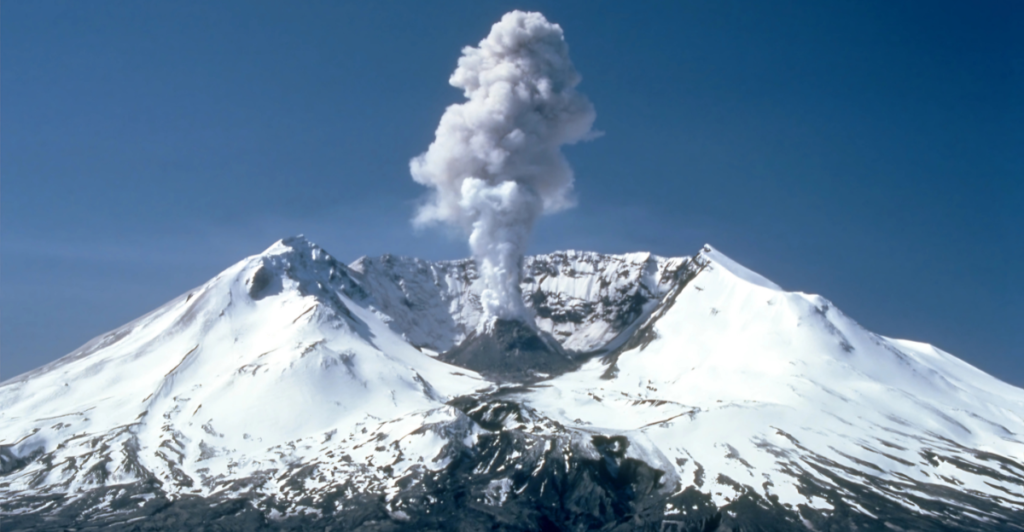
If volcanic CO₂ emissions have been substantially underestimated, this has ripple effects through every climate model that incorporates natural sources of greenhouse gases. Most of these models presume that volcanic emissions have a negligible impact on the total atmospheric CO₂.
However, this new data refutes that and suggests that we have been over-crediting recent CO₂ growth to human-related sources only. It doesn’t justify the negative impacts of human activity—our emissions are still unprecedented—but it adds a new variable that might shift mitigation strategies.
With this new information, policymakers might have to spend more time observing natural systems rather than industrial outputs. Next-generation models could include dynamic volcanic baselines that update in real-time, making them more accurate and powerful predictors.
Environmental and Wildlife Consequences
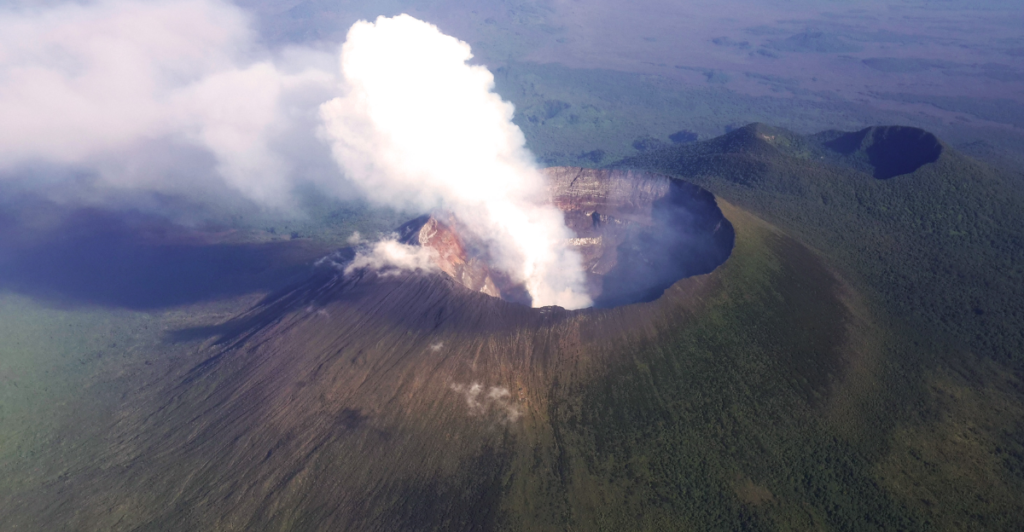
The environmental consequences of elevated volcanic CO₂ emissions have extensive implications extending well beyond atmospheric chemistry. High levels of carbon dioxide can acidify local waters and soils, disrupting sensitive ecosystems and threatening biodiversity.
Plant and animal species that depend upon stable pH levels, such as amphibians and aquatic invertebrates, are particularly threatened. In areas surrounding degassing volcanoes, plants will suffer root damage and suppressed growth due to soil being oversaturated with carbon. Such disruptions cascade through the food chain, destabilizing whole ecosystems.
Understanding these effects is critical for conservation planning, especially where high densities of endemic species are known to flourish in volcanic environments. Volcanic gas mapping must now be incorporated into environmental planning to protect sensitive ecosystems from these quiet, pervasive hazards.
Historical Volcano Monitoring
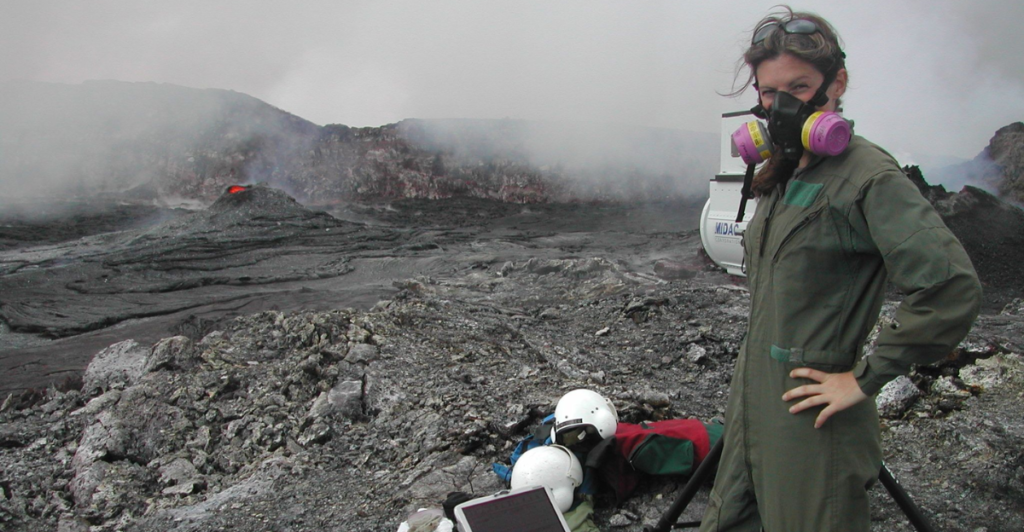
Researchers have thus far relied on ground sensors and patchy satellite monitoring to calculate volcanic emissions. These conventional approaches generally lack the spatial detail or continuity required for detailed long-term monitoring.
The discipline has traditionally focused monitoring on eruptions, whose immediate hazards justified the effort, but not on documenting low-grade, continuous emissions. In all likelihood, this is due to technology constraints rather than neglect since early volcano research in the 19th century concentrated more on geological construction than gas chemistry.
The helicopter sensor technology is a corrective lens for decades of incomplete data, revealing a more complete picture of volcanic activity. This is a textbook example of “we didn’t know what we didn’t know.” But now we have the capability to learn more about continuous volcanic emissions.
The Industrial Parallel
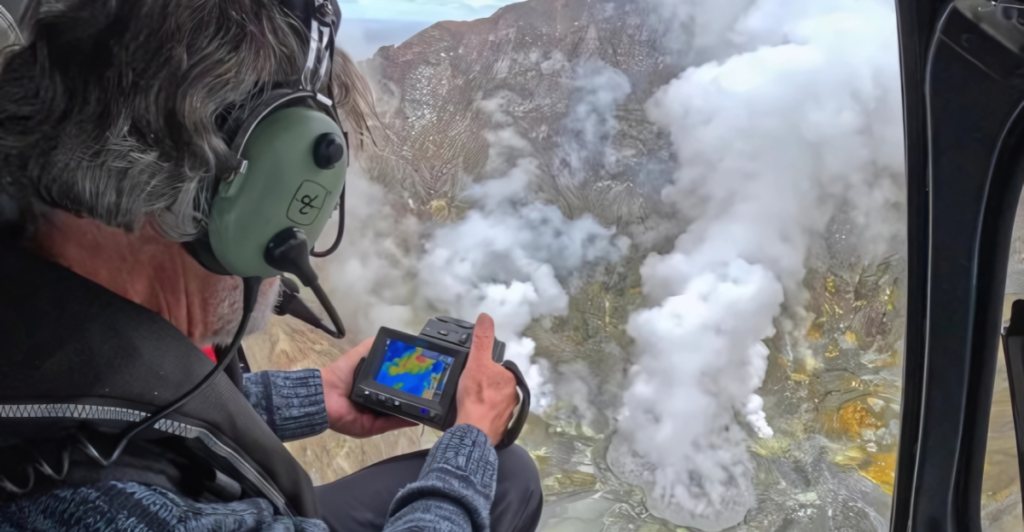
The helicopter-borne DIAL sensor’s precision and versatility could be applied to industries other than volcanology. If we can reliably measure volcanic emissions from the air, why not apply the same to industrial zones, megacities, or even illegal deforestation burn fronts?
The technology could close enforcement gaps in climate policy by offering empirical, court-applicable emissions data. For example, the real-time CO₂ emissions of oil refineries, shipping terminals, or wildfires could be audited.
Further, the use of this technology in civilian drones can turn emissions tracking into a democratized science and be used by NGOs and journalists as an instrument of environmental accountability. It is also an opening for cross-industry collaboration among volcanologists, climate researchers, and lawyers aiming to implement emissions compliance worldwide.
Contrarian Voices and Climate Dogma
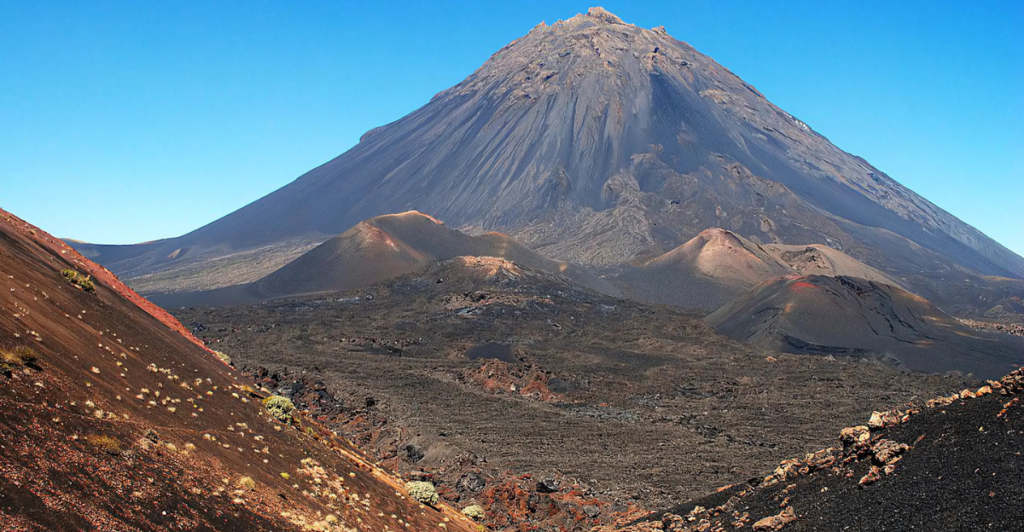
Some critics were quick to use these findings to downplay the impact of human activities on global warming. This simply misreads the data: increased volcanic emissions do not disprove the impact of fossil fuels; they simply complicate the situation further.
However, the finding has highlighted the stubborn resistance to revising models and accepting new data within volcanology. In a field where consensus is often treated as gospel, this news is a reminder that science must be open to paradigm shifts.
The challenge is to incorporate new evidence without undermining public trust or encouraging denialism. Climate science, like all sciences, is provisional and adjusts according to the evidence presented, irrespective of whether the evidence is inconvenient.
Reimagining Carbon Accountability
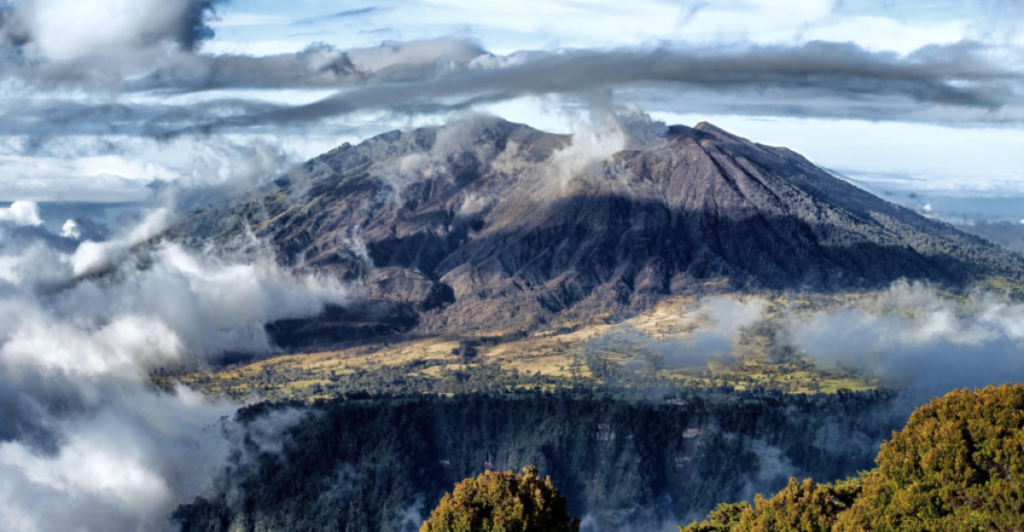
We often consider the carbon footprint as a human liability, but what if it also signals the Earth’s own biological and geologic processes? The helicopter sensor readings invite us to rethink carbon accountability as both a geological process and a side effect of human activity.
This is not to justify human industries, but it does call for a more advanced carbon economy that considers natural variations. Carbon credits, climate finance, and emissions trading schemes could be enhanced by a more nuanced understanding of CO₂ sources.
It also poses a philosophical question: Can we control what we do not fully understand? With natural and industrial pollution crossing boundaries, the path ahead may require radical transparency—inspired by science, necessitated by policy, and guided by planetary stewardship.
Explore more of our trending stories and hit Follow to keep them coming to your feed!

Don’t miss out on more stories like this! Hit the Follow button at the top of this article to stay updated with the latest news. Share your thoughts in the comments—we’d love to hear from you!







